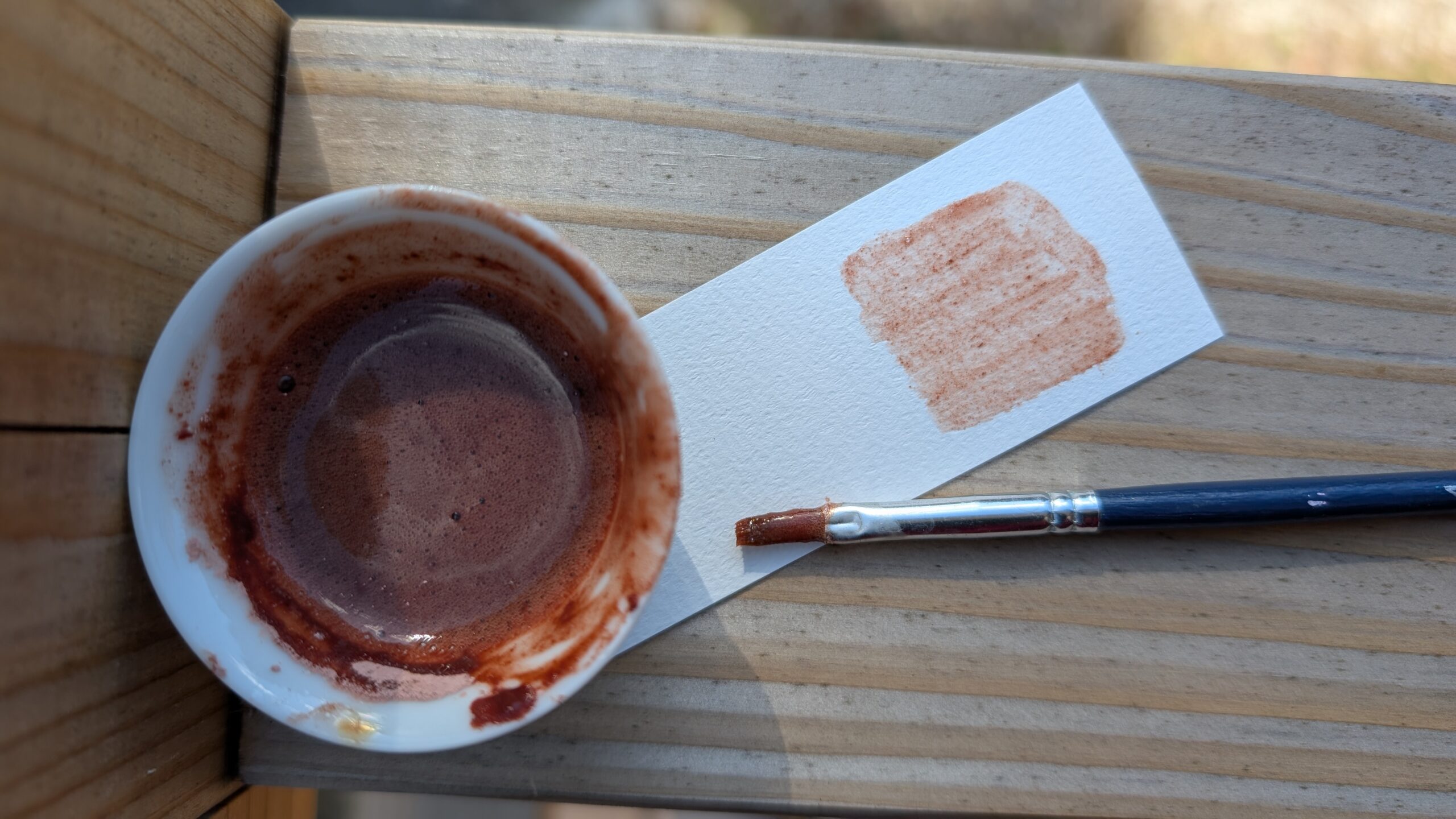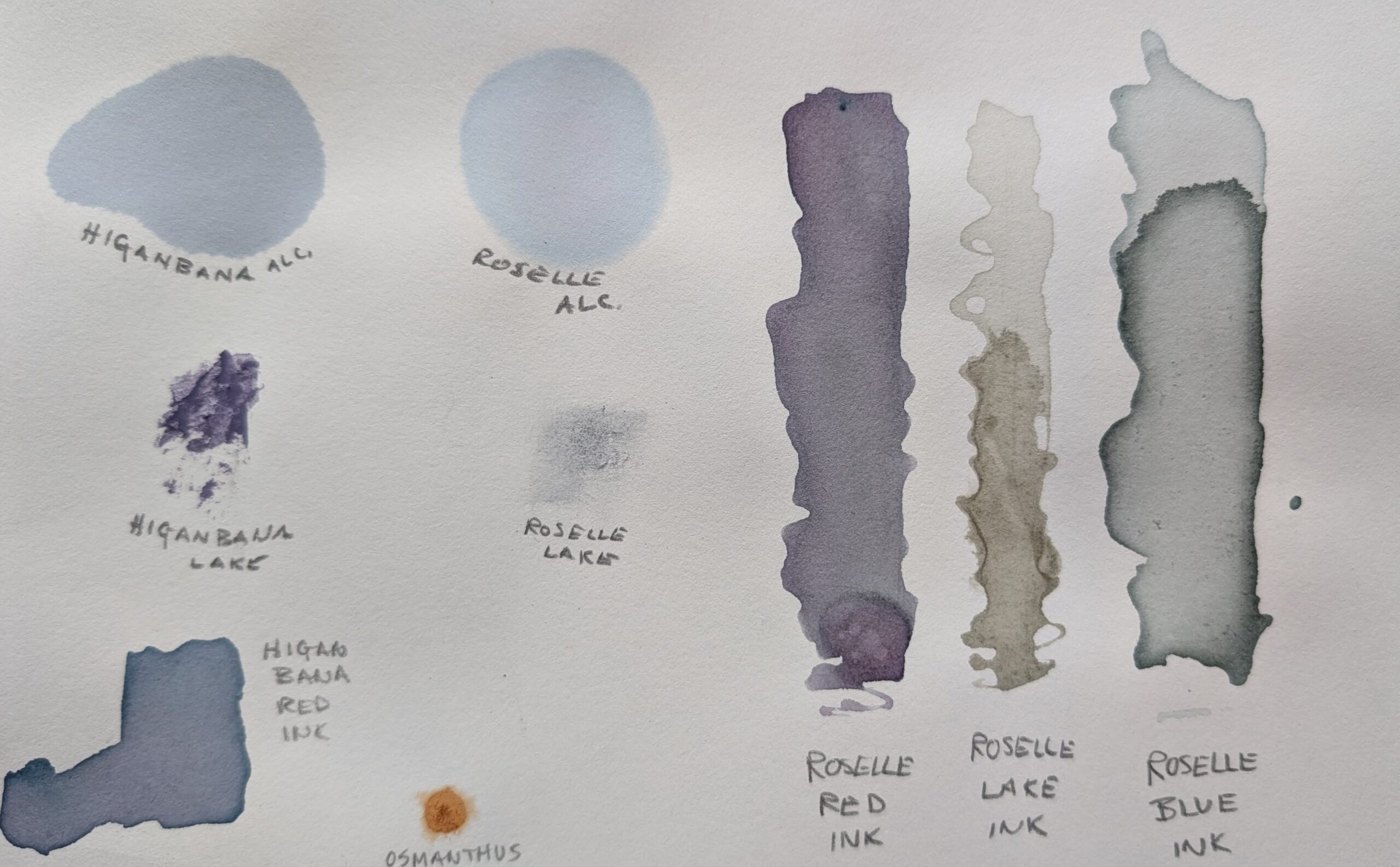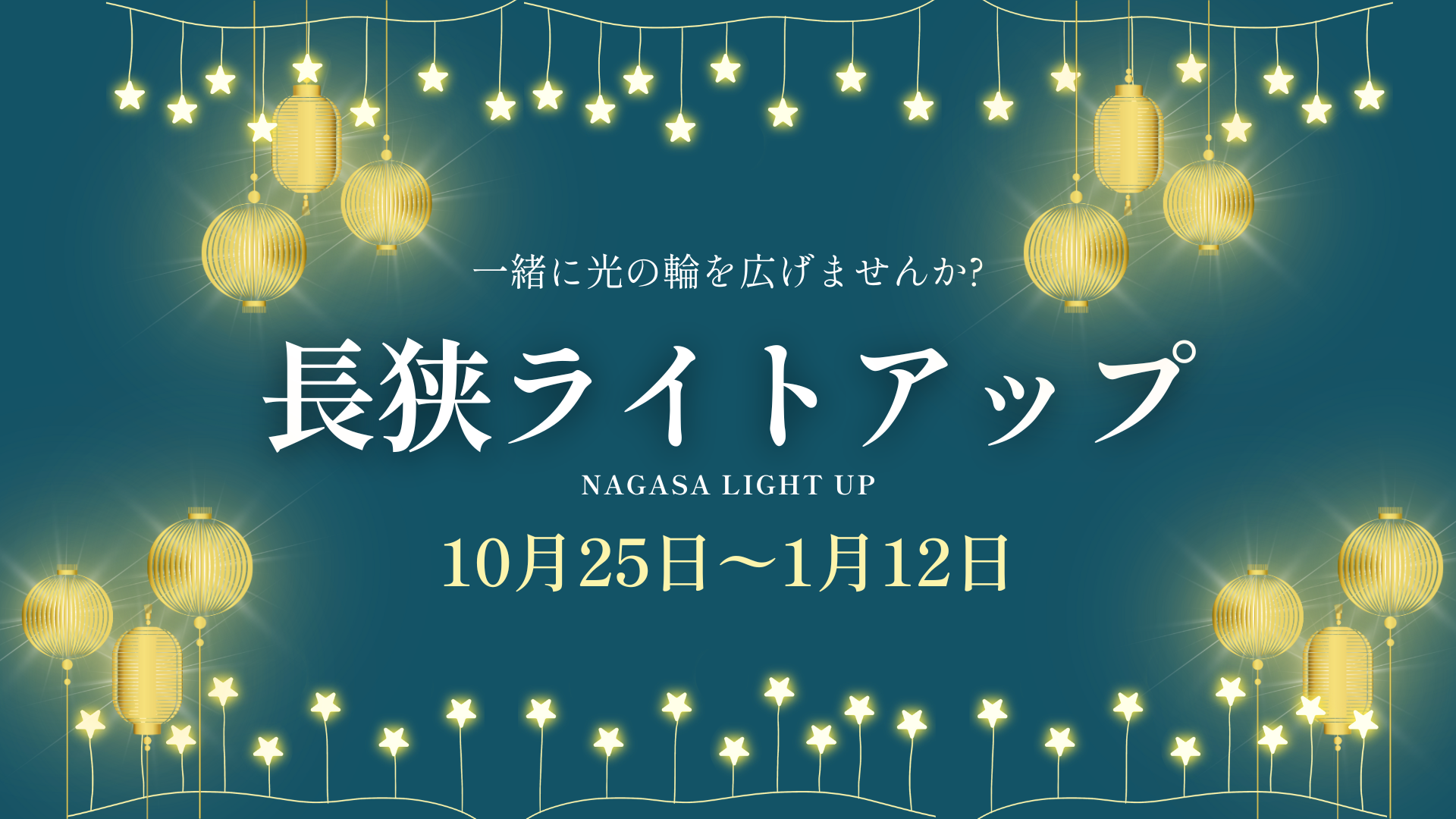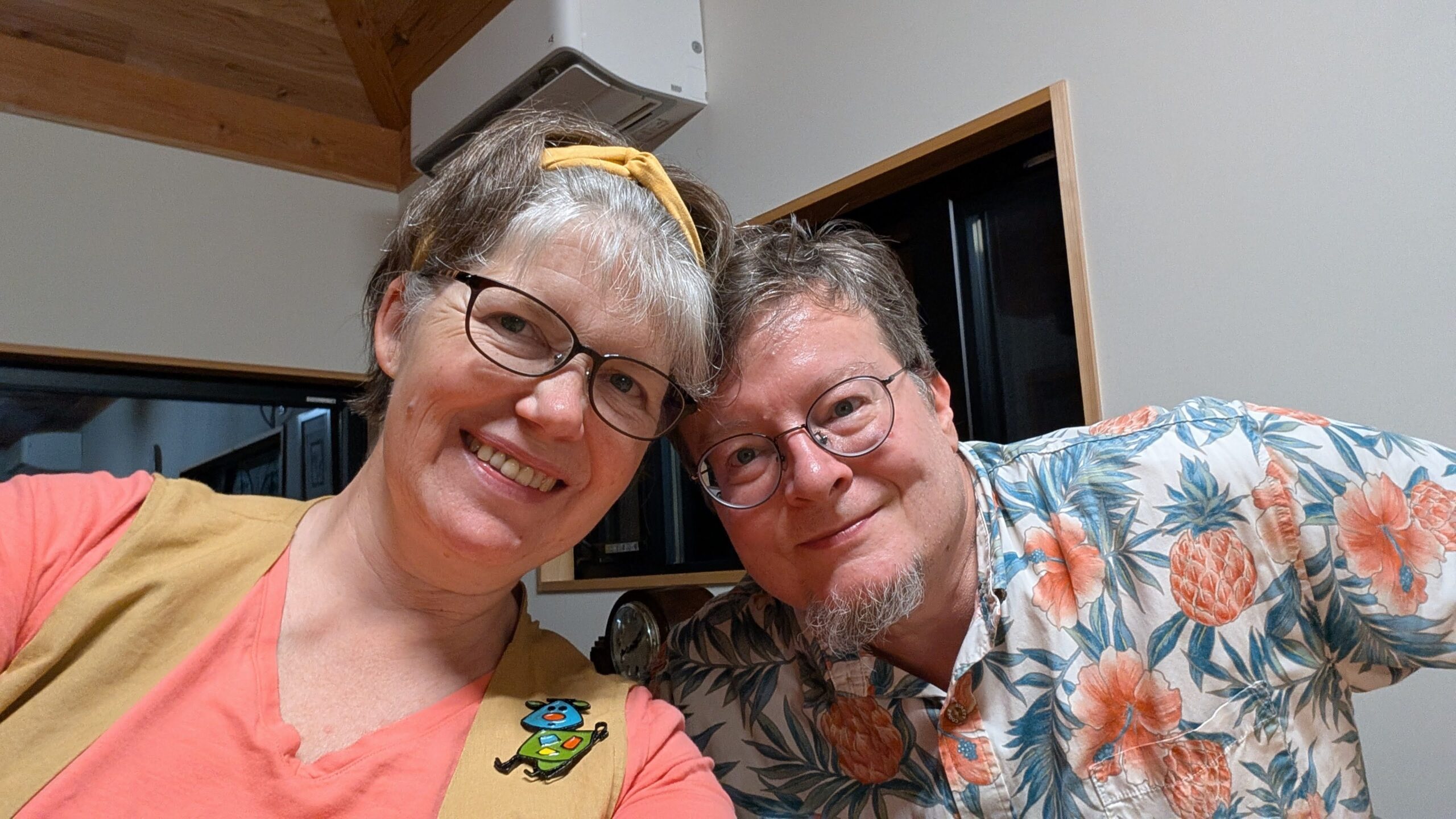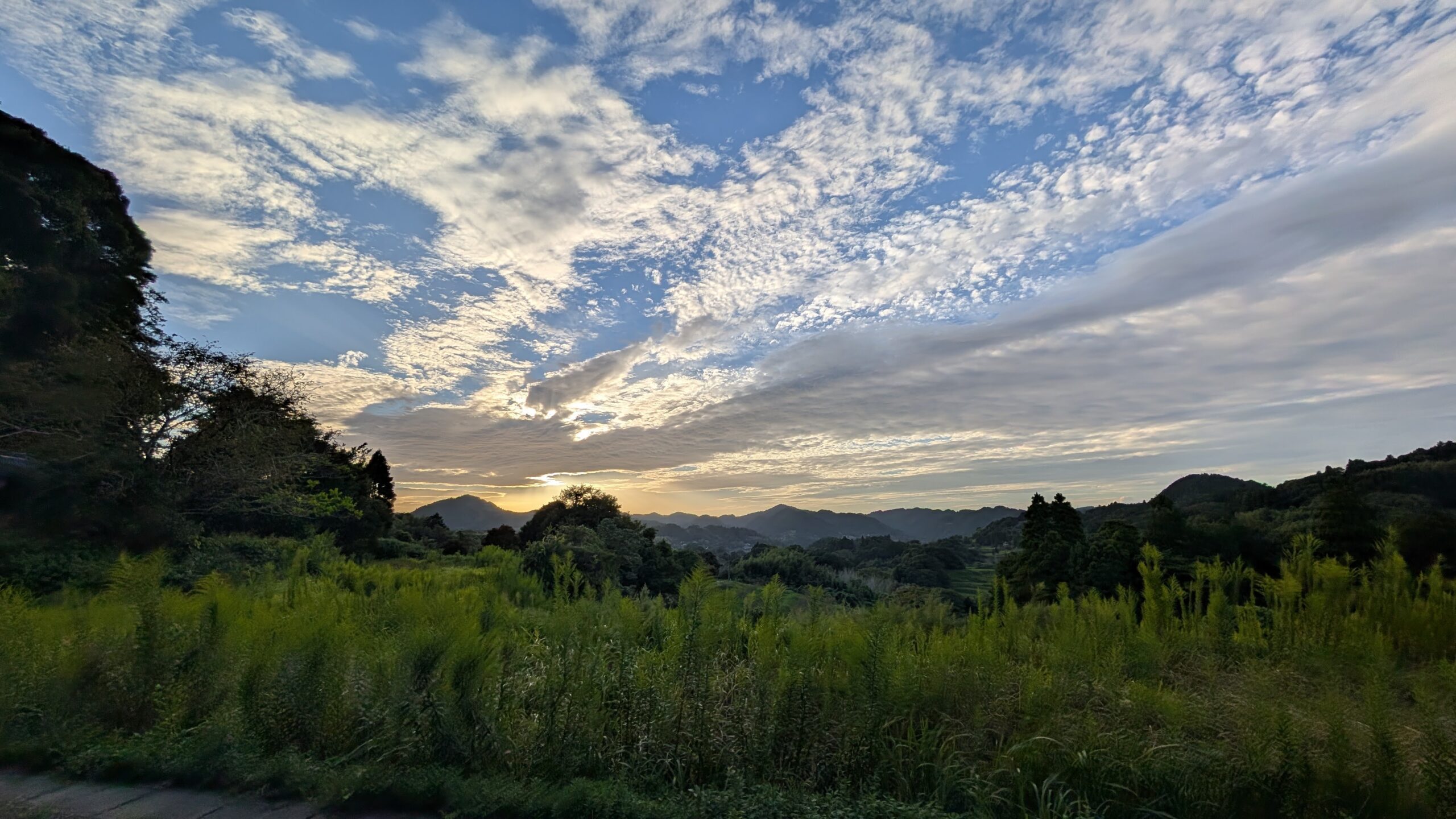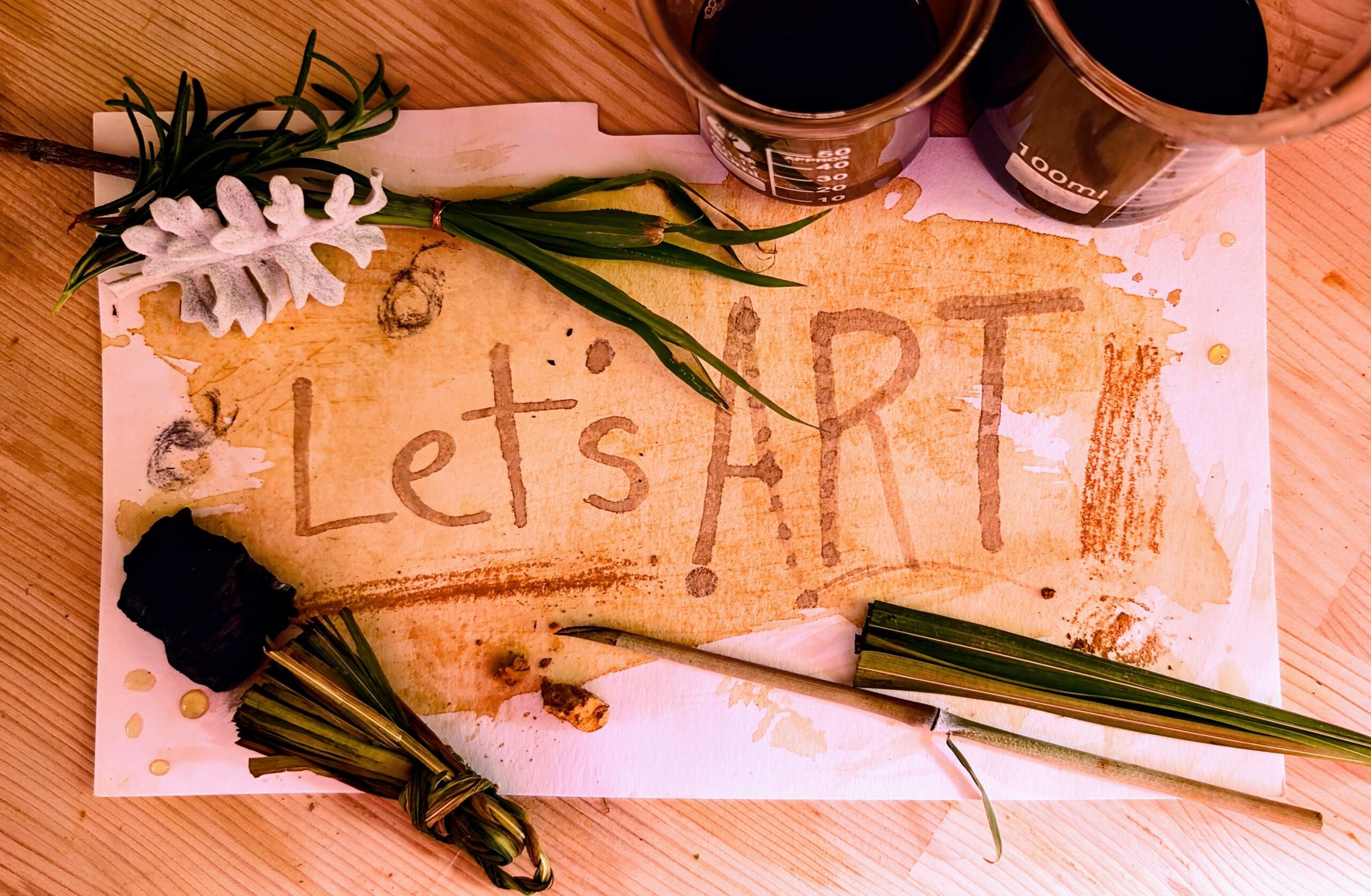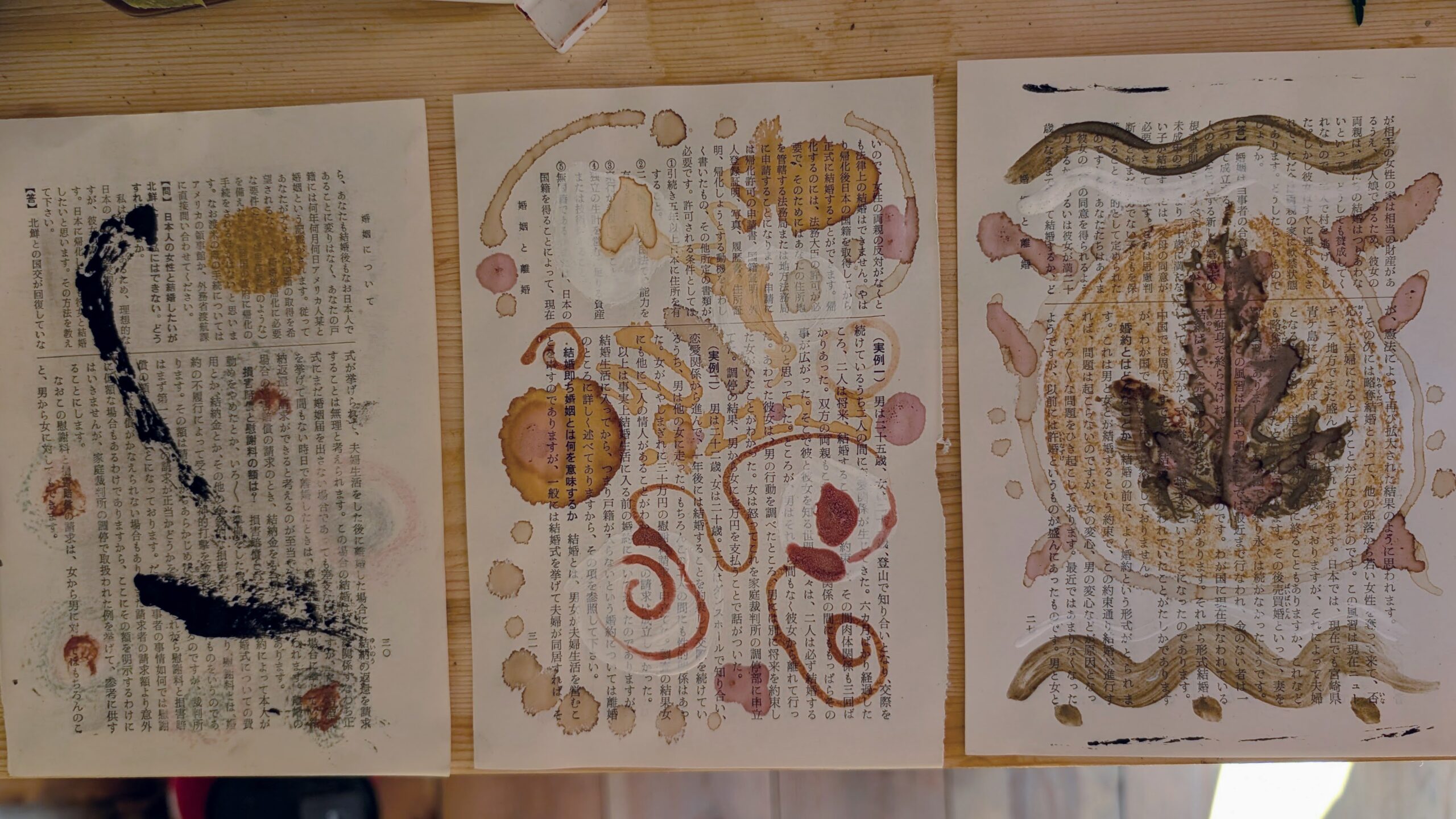[Apricot colors, part 2]
Yesterday I reached one of my long-standing goals. I made paint from raw ingredients. Artists have been doing this since art started but I have mostly purchased supplies ready made.
I love knowing how things are made from start-to-finish and making pigment from apricot branches, then binding the pigment into a paint sent me into squeals of delight. And although it took time, patience, and some study, it wasn’t actually difficult.
It’s not the first time I’ve tried making art from scratch. For about a month in 2007, I “apprenticed” myself to a 14th century Italian painter named Cennino Cennini. My goal was to work through his book, Libro dell’Arte a chapter at a time but I found it too daunting. Even preparing boards for drawing was a lot of work. You can read my experience here: Cennino’s Apprentice




I started with my apricot branch dye bath from the other day. I wanted to make a lake pigment. And at the end of the last post, I showed you the initial result poured into the beaker.
How my laking process worked was that I read a bunch of recipes and instructions online. None of them agreed on quantities or strength of solutions. Of course not. Artists have their favorite ways. Nature keeps things challenging. There is no consensus, and a lot of variation:
Alum solution: 10% up to 50%
Soda Ash solution: 2.5% up to 10%
So I picked one at random, actually not even picking as much as poorly measuring and crossing my fingers. It worked. Was it the best? I won’t know until I try again.
I mixed an alum solution of “5 teaspoons of alum and 5 tsp warm water,” then used 5 tsp of solution per 100 ml of simmering dye bath. But I don’t have a teaspoon in the shed, so I measured out by eye. One of my color-making admin tasks for the week will be to make a chart corresponding volume and weight for my various chemicals. Teaspoons, pffft. I have a scale.
For the soda ash solution, my reference was 1 tablespoon of sodium carbonate to 1/2 cup of water. Again with the volume measurements! I used 100 ml of water and a heaped 7-11 plastic spoon’s worth of the alkali agent. It worked out okay. But like the alum solution, this is getting measured by weight in the future.
The alum binds the dye and the soda ash precipitates the color. It gets all fizzy. And then you wait…the filtering and drying takes days. I did put the half-dried filter papers in the sun yesterday to finish off the drying. I am sure that will ruin any colors that are not UV stable but it was fine for the apricot.
Next I ground the dry, crumbly pigment into powder. I tried to be patient and thorough. It felt like I was grinding a long time. The powder looked smooth, but I still ended up with gritty paint. I will keep practicing. Cennino gave instructions in his book to grind most pigments as much as possible. “If you were to grind it every day for twenty years it would still be better and more perfect.”



Last step was to mix up some gum arabic (1:2 with water) and then add pigment powder until it felt like paint. There are better paint recipes, but this was simple and effective for my first test.
With the powder being so pale, I didn’t think I’d get a lot of color. But gum arabic really adds depth – almost as dark as the dye bath was. It’s a lovely color on the paper. I painted a swatch on a post in the shed and I will continue to add swatches as a colorful patchwork to commemorate each color I make.

I also made paper yesterday with the remains of the 2nd apricot dye bath. It turned out great. Deep in color. I even added some iron water to it to see how the color changed.You can see the two colors above – the iron-dulled one is underneath the plain one.
These past few weeks in the shed have helped me realise that I prefer making colors for paper and paint over dying fabric, so I will continue on in that vein, with fabric happening less frequently, or as a canvas for other color techniques like steam-printing or protein painting.
